Boost Your Business with WiFi Marketing

WiFi marketing is an innovative approach that leverages the ubiquitous presence of wireless internet access to engage customers and enhance their experience. At its core, WiFi marketing involves providing free or paid internet access to customers in exchange for their contact information or engagement with a brand. This method not only facilitates connectivity but also serves as a powerful tool for businesses to gather valuable customer data, promote their products or services, and foster customer loyalty.
The concept has gained traction in various sectors, including retail, hospitality, and entertainment, where customer engagement is paramount. The mechanics of WiFi marketing are relatively straightforward. Businesses set up a WiFi network that customers can access after completing a specific action, such as filling out a form or liking a social media page.
This process allows businesses to create a direct line of communication with their customers, enabling them to send targeted promotions, updates, and personalized content. Moreover, the data collected during this process can be analyzed to gain insights into customer behavior, preferences, and demographics, which can inform future marketing strategies.
Key Takeaways
- WiFi marketing utilizes a business’s WiFi network to collect customer data and engage with customers through targeted marketing campaigns.
- Benefits of WiFi marketing for businesses include increased customer engagement, improved customer loyalty, and valuable customer data collection.
- Implementing WiFi marketing in your business involves setting up a secure and user-friendly WiFi network, creating a seamless login process, and complying with data privacy regulations.
- Creating engaging content for WiFi marketing involves offering exclusive promotions, providing valuable information, and using interactive features to capture customer attention.
- Utilizing customer data from WiFi marketing allows businesses to personalize marketing efforts, understand customer behavior, and make data-driven business decisions.
Benefits of WiFi Marketing for Businesses
The advantages of WiFi marketing extend far beyond simply providing internet access. One of the most significant benefits is the ability to enhance customer experience. In an age where connectivity is expected, offering free WiFi can significantly improve customer satisfaction and encourage longer visits.
For instance, a café that provides complimentary WiFi may see patrons linger longer over their coffee, potentially leading to increased sales as customers order more food or beverages while they work or socialize. Additionally, WiFi marketing serves as a powerful lead generation tool. By requiring customers to provide their email addresses or social media profiles to access the network, businesses can build a robust database of potential leads.
This information can be utilized for future marketing campaigns, allowing businesses to reach out to customers with tailored offers and promotions. For example, a retail store could send exclusive discounts to customers who have previously connected to their WiFi network, thereby increasing the likelihood of repeat visits and purchases.
Implementing WiFi Marketing in Your Business
To successfully implement WiFi marketing, businesses must first invest in the necessary infrastructure. This includes setting up a reliable WiFi network that can handle multiple users simultaneously without compromising speed or connectivity. Choosing the right hardware and software is crucial; businesses should consider solutions that offer user-friendly interfaces for both customers and administrators.
Many providers offer comprehensive packages that include not only the hardware but also the software needed for managing customer interactions and data collection. Once the technical aspects are in place, businesses need to create an engaging login process that encourages users to connect. This could involve designing a visually appealing landing page that reflects the brand’s identity and values.
The login process should be straightforward yet effective in capturing customer information. For instance, businesses might opt for a simple email sign-up form or integrate social media logins to streamline the process. Additionally, it’s essential to communicate the value proposition clearly—customers should understand what they gain from connecting to the WiFi network, whether it’s free access, exclusive offers, or access to special content.
The word “hardware” in the text can be linked to a relevant source such as this one from Cisco: Cisco Hardware Solutions
Creating Engaging Content for WiFi Marketing
Content plays a pivotal role in the effectiveness of WiFi marketing campaigns. Engaging content not only captures the attention of users during the login process but also keeps them interested throughout their online experience. Businesses should consider incorporating multimedia elements such as videos, images, and interactive features into their landing pages.
For example, a hotel might showcase its amenities through a short video tour on its WiFi login page, enticing guests to explore more during their stay. Moreover, ongoing engagement is crucial for maintaining customer interest beyond the initial connection. Businesses can utilize their WiFi networks to push relevant content directly to users’ devices while they are connected.
This could include promotional offers, event announcements, or even curated content that aligns with users’ interests based on previous interactions. For instance, a retail store could send personalized product recommendations based on a customer’s browsing history while connected to the WiFi network, enhancing the shopping experience and driving sales.
Utilizing Customer Data from WiFi Marketing
The data collected through WiFi marketing initiatives is invaluable for businesses seeking to understand their customers better. By analyzing this data, companies can gain insights into customer demographics, behavior patterns, and preferences. For instance, a restaurant might discover that a significant portion of its WiFi users are young professionals who visit during lunch hours.
This information can inform menu adjustments or targeted promotions aimed at this demographic. Furthermore, businesses can segment their customer database based on various criteria such as frequency of visits, time spent online, or engagement levels with previous campaigns. This segmentation allows for more personalized marketing efforts.
For example, a gym could identify its most loyal members through WiFi data and offer them exclusive discounts on personal training sessions or merchandise. By tailoring marketing messages to specific segments of their audience, businesses can increase engagement rates and drive conversions.
Measuring Success of WiFi Marketing Campaigns

Tracking Metrics Over Time
By monitoring these metrics over time, businesses can assess the impact of their campaigns and make necessary adjustments to optimize their strategies.
Insights into Customer Behavior
Analyzing customer behavior while connected to the WiFi network provides valuable insights into how users interact with promotional content. This includes tracking click-through rates on offers sent via the network or monitoring how many users redeem those offers in-store.
Data-Driven Strategies
This data not only helps in evaluating the success of individual campaigns but also informs future strategies by highlighting what resonates most with customers.
Best Practices for WiFi Marketing
Implementing best practices in WiFi marketing can significantly enhance its effectiveness and ensure a positive experience for customers. First and foremost, businesses should prioritize security by ensuring that their networks are protected against unauthorized access and data breaches. Utilizing secure login methods and regularly updating security protocols is essential in maintaining customer trust.
Another best practice involves regularly refreshing content on the login page and throughout the user experience. Stale content can lead to disengagement; therefore, businesses should frequently update promotions and featured content to keep users interested. Additionally, soliciting feedback from customers about their experience with the WiFi service can provide valuable insights for improvement.
Surveys or quick feedback forms can be integrated into the login process or sent via email after users have connected.
Future Trends in WiFi Marketing
As technology continues to evolve, so too will the landscape of WiFi marketing. One emerging trend is the integration of artificial intelligence (AI) into WiFi marketing strategies. AI can analyze vast amounts of customer data in real-time, allowing businesses to deliver hyper-personalized experiences based on individual preferences and behaviors.
For example, AI algorithms could predict which promotions are most likely to resonate with specific customers based on their past interactions. Another trend is the increasing importance of location-based marketing within WiFi networks. Businesses can leverage geolocation data to send targeted offers when customers are physically near their locations or even within their premises.
This capability enhances the relevance of marketing messages and encourages immediate action from potential customers. As consumers become more accustomed to personalized experiences across various platforms, businesses that harness these trends will likely see greater success in their WiFi marketing efforts. In conclusion, as businesses navigate an increasingly digital landscape, embracing innovative strategies like WiFi marketing will be essential for fostering customer engagement and driving growth.
By understanding its mechanics and benefits, implementing effective strategies, creating engaging content, utilizing customer data wisely, measuring success accurately, adhering to best practices, and staying ahead of future trends, companies can position themselves for success in this dynamic environment.
If you are interested in learning more about how WiFi technology can boost customer engagement and loyalty, you should check out this article on AIWiFi’s captive portal solution. This innovative technology allows businesses to connect with customers in a more personalized way through their WiFi network. Additionally, if you want to stay ahead of the curve and explore the advancements of WiFi 7, the future of public WiFi networks, be sure to read this article on AIWiFi’s website. And for those looking to unlock the power of marketing hotspots to boost their business, this article on AIWiFi’s website provides valuable insights and strategies.

